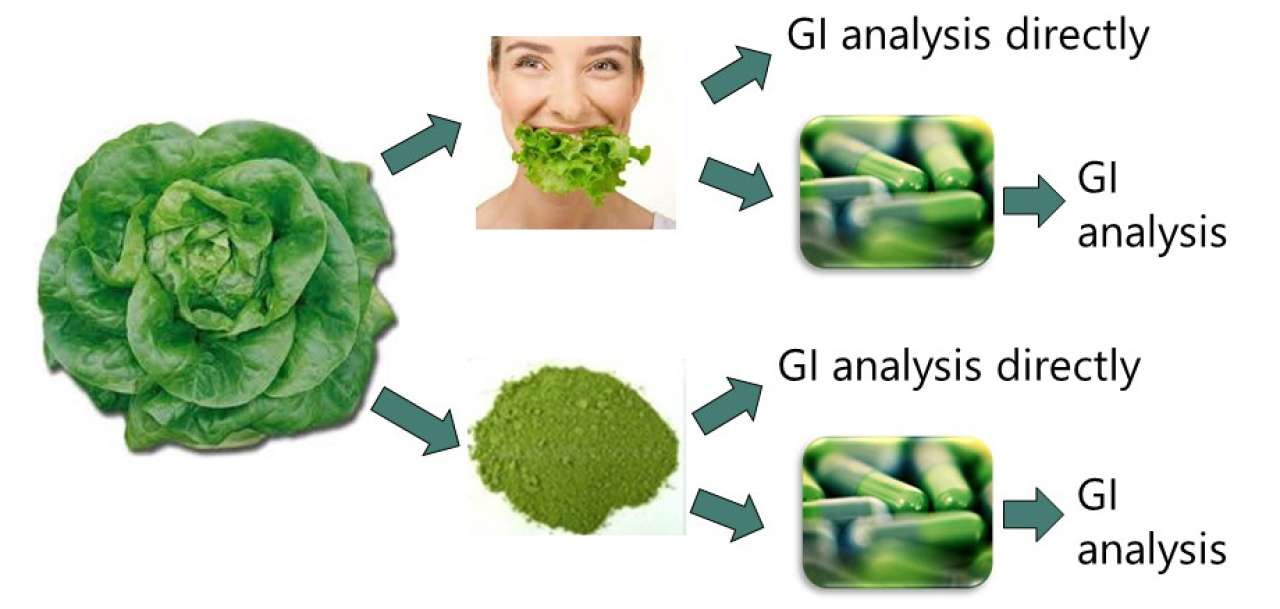Division of Environment and Natural Resources
SmartVac - Next Generation Viral Hepatitis B and C vaccine development in plants and algae using advanced biotechnological tools

End: dec 2023
Start: jun 2019
Hepatitis B (HBV) and C viruses (HCV) infect the human liver, triggering persistent inflammation and eventually cirrhosis and hepatocellular carcinoma (HCC), the second leading cause of cancer-related mortality worldwide. Currently, more than 500 million people are chronically infected with HBV or HCV and at high risk of developing end stage liver disease and HCC.
Project participants
Andre van Eerde Kari Skjånes Sissel Haugslien Hege Særvold Steen Inger Heldal Hanne Skomedal Igor A. Yakovlev| Status | Active |
| Start - end date | 01.06.2019 - 31.12.2023 |
| Project manager | Jihong Liu Clarke |
| Division | Division of Environment and Natural Resources |
| Department | Biogeochemistry and Soil Quality |
| Total budget | 5000000 |
Collectively, HBV and HCV infections are responsible for about 1.3 million deaths annually. HBV infection is not curable with the treatment available today due to the nuclear replication form not being eliminated from infected hepatocytes. There is no doubt that vaccination remains the most effective strategy to limit HBV spreading and control the disease. Administration of the standard recombinant vaccine containing the small (S) HBV envelope protein produced in yeast (the HBsAg) had a major impact on HBV-related liver disease and death. Unfortunately, about 10% of vaccinated people do not develop protective antibody titers and remain vulnerable to infection. Moreover, the duration of the immunity conferred by the 3-dose intramuscular administration of the HBsAg is unclear, several studies indicating that administration of booster doses might be needed at 15 years post primary vaccination.
A strategy to overcome these issues has considered the development of improved adjuvants. Other approaches have investigated the possibility to incorporate the more immunogenic middle (M) and large (L) HBV envelope proteins in the standard vaccine. However, the high costs associated with expression of these proteins in mammalian cells prevented the widespread use of the novel generation of HBV vaccines. In the case of HCV, innovative direct acting antiviral cocktails which can achieve sustained virological response in more than 90% of treated patients have considerably advanced current therapy.
Despite this success, the high treatment costs, the emergence of resistant mutants and the susceptibility to reinfection, underline the urgency for the development of a protective HCV vaccine that is still missing. Early clinical trials are ongoing for prophylactic B and T-cell based vaccines.
A vaccine formulation based on HCV envelope proteins E1E2 heterodimer elicited cross-neutralizing antibodies in a minority of immunized patients despite its efficacy in animals. Although there is proof of concept in humans that HCV vaccination is possible, the design of the ideal antigen able to trigger protective immune response across HCV genotypes remains a major scientific challenge in the field.
The ultimate goal of prophylactic treatment in HBV and HCV infection is virus eradication, which can be achieved by conducting universal vaccination programs. However, these programs are financially very challenging and most low-income countries, which are confronted with the highest rates of infection, cannot afford them.
In this context, our project proposal aims to: a) build upon our experience and knowledge accumulated in our previous collaboration on plant expression of HBV/HCV proteins (GreenVac project 2014-2017 funded by the EEA Norway-Romania Program) and produce high yields of novel HBV/HCV antigens with superior immunogenic properties based on innovative molecular design; b) take this experience a step forward and establish in premiere an advanced biotechnological platform for production of HBV/HCV antigens in algae; c) take advantage of the multiple recombinant protein expression systems developed in the consortium and perform systematic, comparative characterization of the biochemical and functional properties of the new antigens in relation to their immunogenicity; d) develop institutional networking around innovative plant and microalgae biotechnologies and train human resources in protein science in applied research in Romania and Norway.
